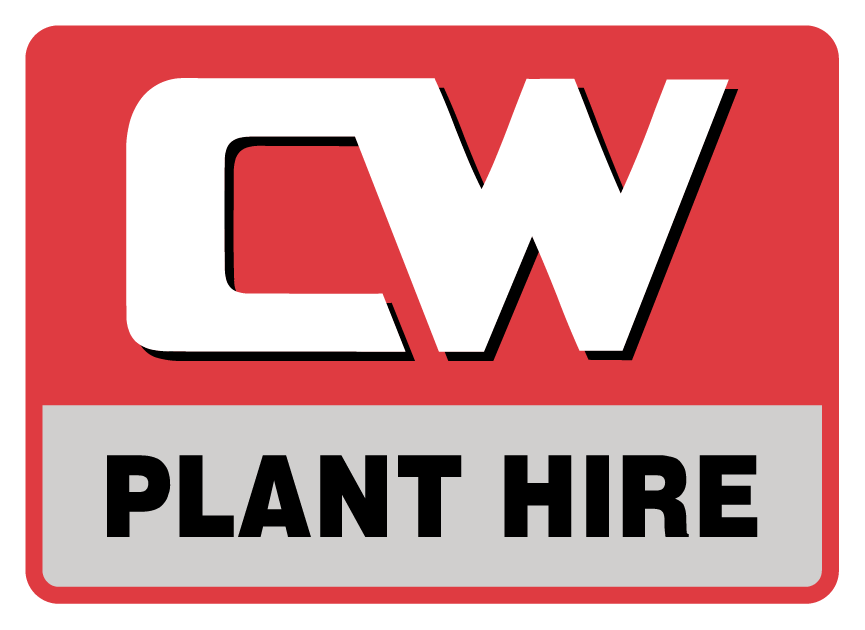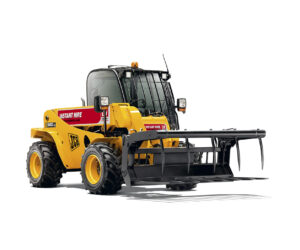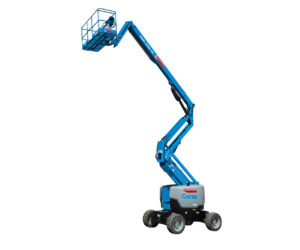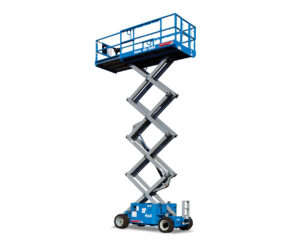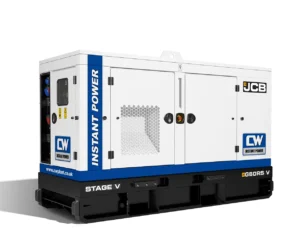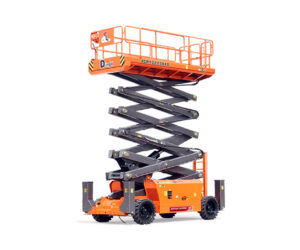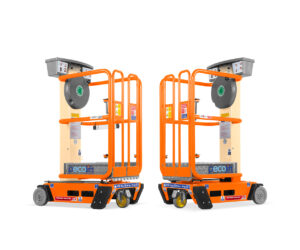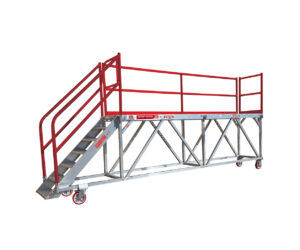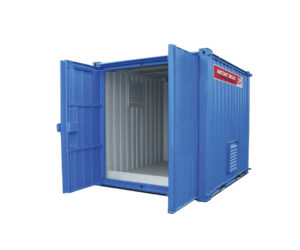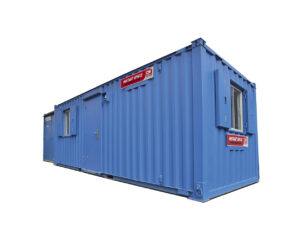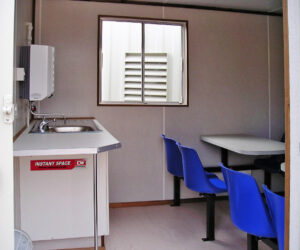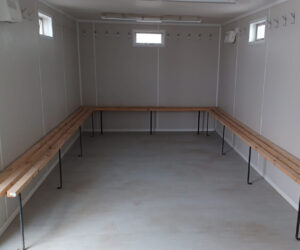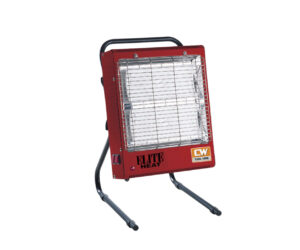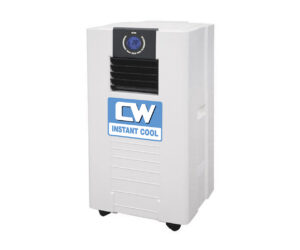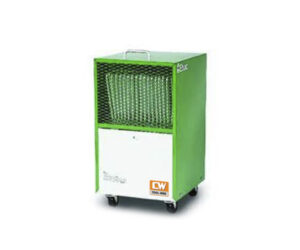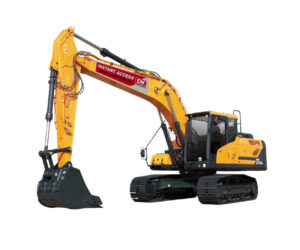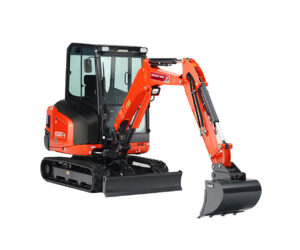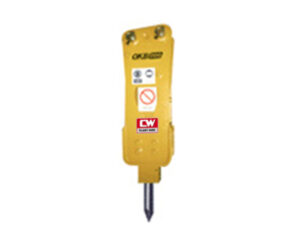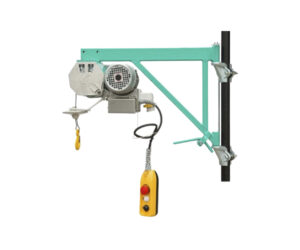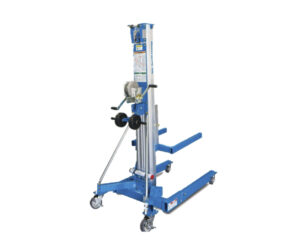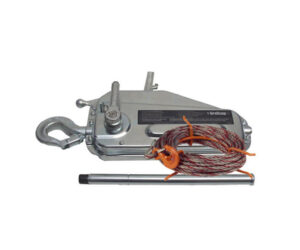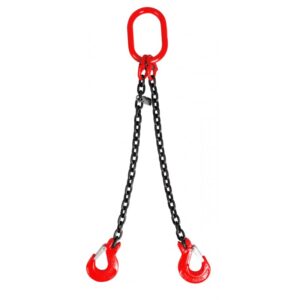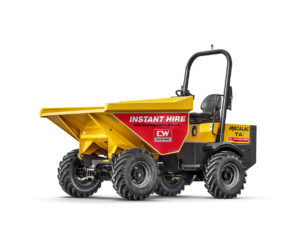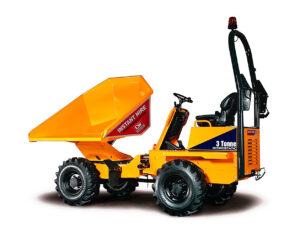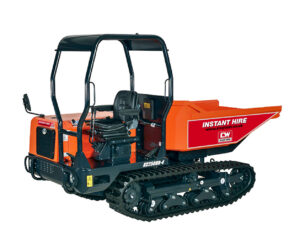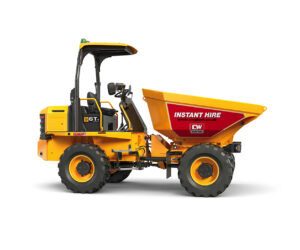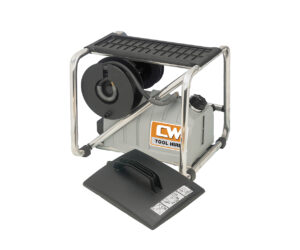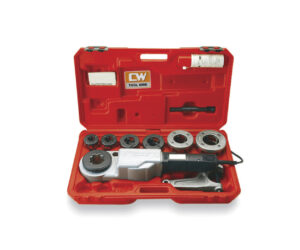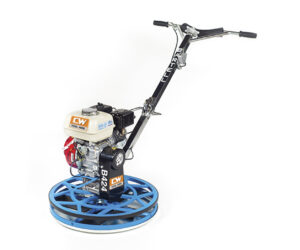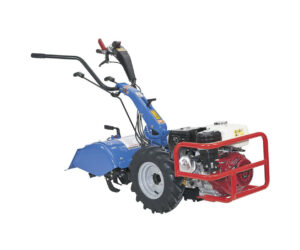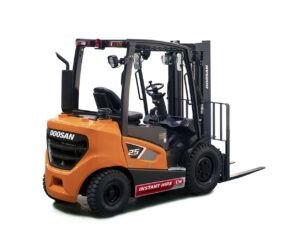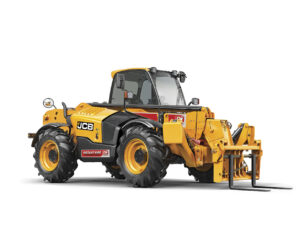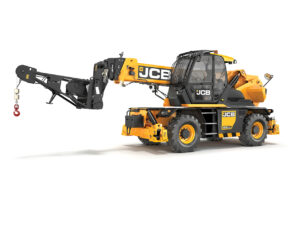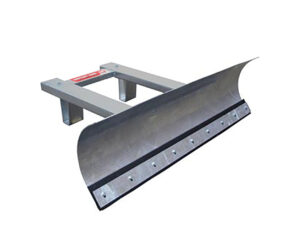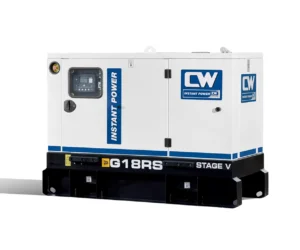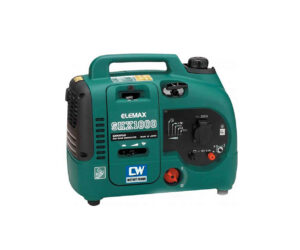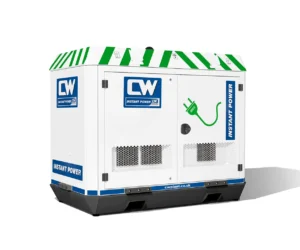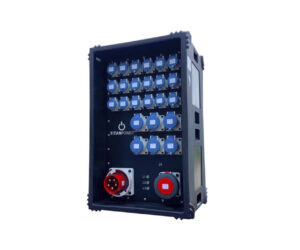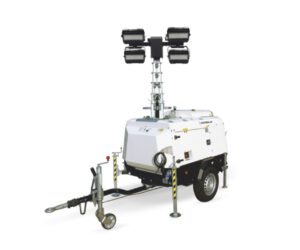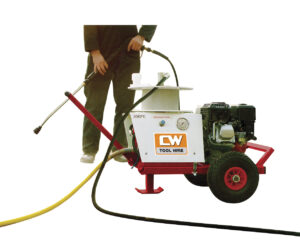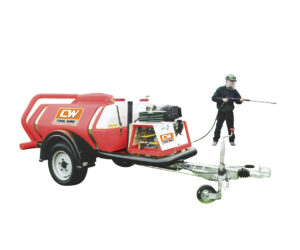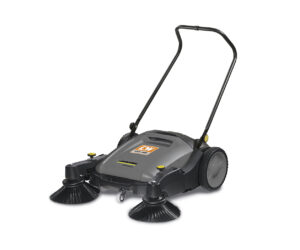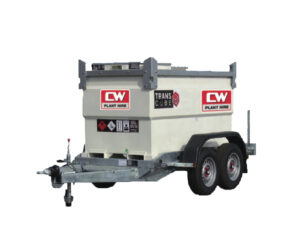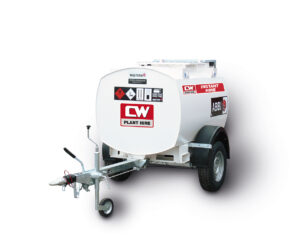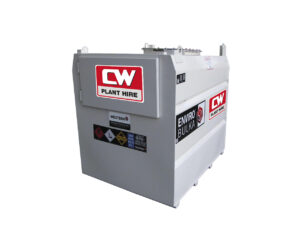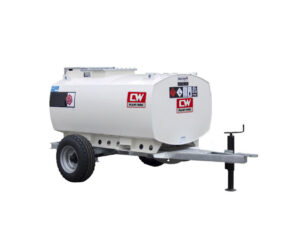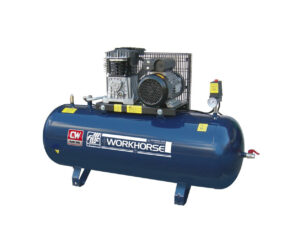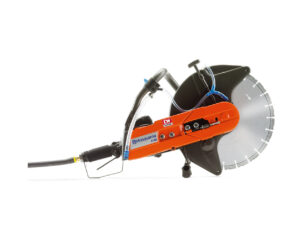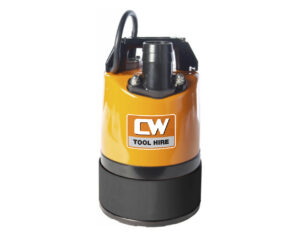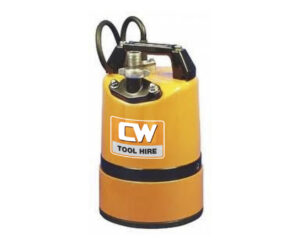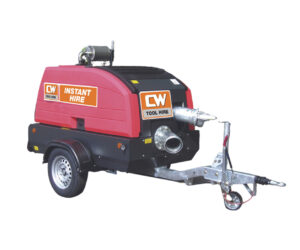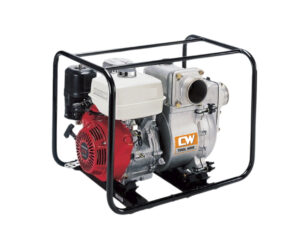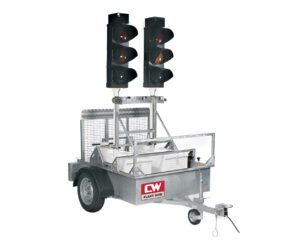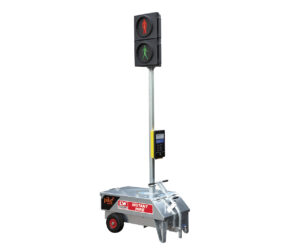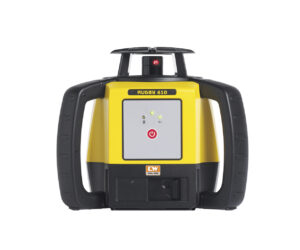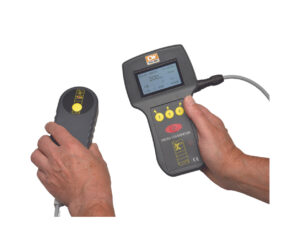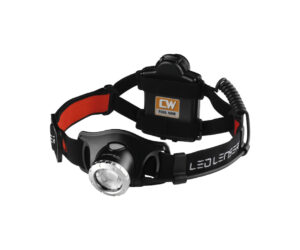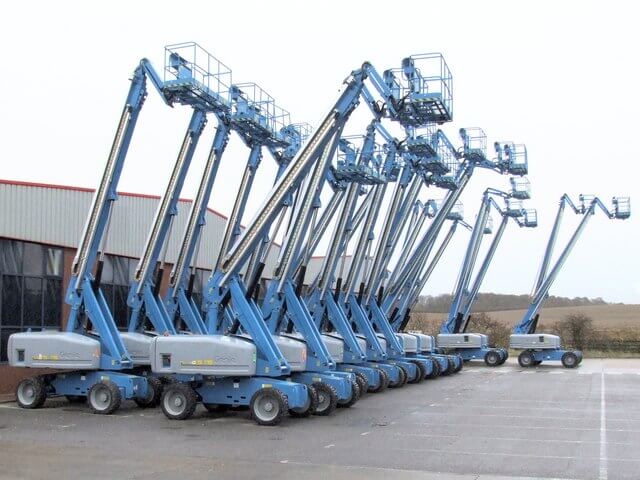Access platforms are almost universally applicable in every industry, but there are so many types available that it can be difficult to decipher which you require for your project. There are three main ‘categories’ of access platforms available: folding, stationary/semi-stationary, and powered. All of these present unique benefits that inform their most common applications. We explain all of this, and more, below.
Here at Charles Wilson Engineers Ltd, we provide a renowned access platform hire service that covers all three of the categories of platforms we will be discussing in our latest blog.
Snappy Towers
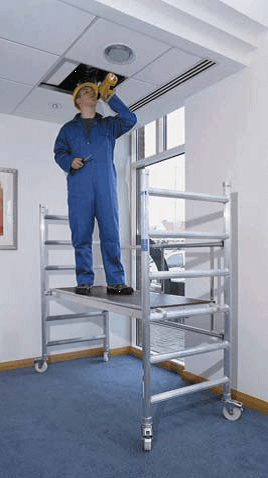
‘Snappy tower’ systems provide a similar end result to a short step ladder, but they are just more stable and provide a larger working area for easier manoeuvrability (which is a common theme for access platforms on the whole – it’s in the name: ‘platforms’).
The premise of a snappy tower is that it folds out to elevate the worker in order to help them reach higher spaces. They are generally still relatively close to the ground and will only provide (maximum) a couple of feet of extra clearance.
The taller versions of these ‘fold out’ access platforms will sometimes have enclosures or guard-rails, but they are generally open.
The main benefits of snappy tower access platforms is that they are mobile and versatile, which means they are frequently used for painting and decorating work among other domestic tasks. These high-quality systems will fold into a manageable size for easy transport and will be able to support a substantial weight, although they are generally designed for single-person use.
Stationary/Semi-Stationary Platforms
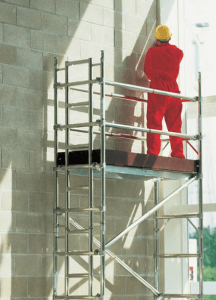
These access systems are quite similar in concept and construction to, perhaps, the most common and recognisable form of ‘access platform’: scaffolding. These platforms – also commonly referred to as ‘access towers’ – are constructed of steel poles (much like scaffolding) that have been welded (unlike scaffolding) together to provide a sturdy surface for standing upon when working at height.
Stationary editions of these access towers are set to certain heights and fixed in place for use this way, whereas semi-stationary versions have lockable casters that can allow the standing platform itself to be raised or lowered to accommodate the project or setting.
Oftentimes, these access platforms will have guard rails or enclosures around the standing platform itself because they are often much taller than the previously mentioned snappy tower platforms.
Similarly to snappy tower access platforms, stationary and semi-stationary ‘towers’ provide the benefits offered by a ladder (being able to reach an increased height and work at height), but with a wider surface area allowing for a safer working environment and more stability on the whole. This makes these versions of access platforms ideal, again, for painting and decorating, but also very common on construction environments and warehouses with some customers commissioning bespoke access towers precisely for their needs.
Powered
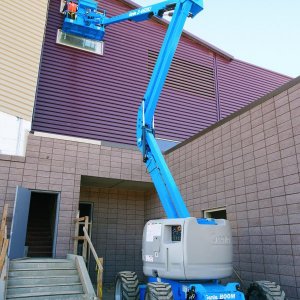
Of the list we have put together, powered access platforms are sure to be among the most recognisable; the first products that come to mind when discussing access platforms are often scissor lifts and boom lifts, or ‘cherry pickers’.
The premise of these access platforms is that they start at ground level and have a sturdy standing platform that is raised to the desired height needed for the project. This can often supersede 10m, so safety awareness is a working requirement.
When it comes to a scissor lift, two motorised ‘scissor supports’ are used to elevate and lower the standing platform that is occupied by the worker, who is also generally the operator of the platform. Scissor lifts are commonly used for tasks such as window cleaning and helping reach stock in large warehouses.
A boom lift – or cherry picker – works in a similar way to the aforementioned scissor lift, except the range of movement is wider which means a cherry picker is not limited to simply vertical travel. A cherry picker can move in a range of directions, therefore making it more useful in a wider range of applications, although they are most commonly used in construction projects.
Designed with Safety in Mind for All Situations
In essence, there are a variety of different access platforms that have been specifically designed to cater to a whole host of situations. We have just touched the tip of the iceberg with three main categories that stretch to cover the widest area. There are further niche products like stairwell access platforms, desk-span clearance towers, and much more to explore.
If you work in the commercial and industrial sectors – especially the construction industry – you are likely to be very familiar with access platforms and the ways that they have transformed the processes of working in different environments. Working at height can be treacherous and presents a range of risks to the health and safety of workers, but these products have all been consciously designed to provide a wider and stronger ‘stance’ than more traditional equipment to ensure a sturdy standing.
Charles Wilson Engineers Ltd
If you would like to hear about the access platforms we provide for hire to our customers, please peruse our range of products. We have a range of products that fall under the categories we have mentioned in this blog post, but also wider examples of access platforms available for hire.
If you would like to enquire about our products or services, please contact us by calling 01582 763 122 or filling out our simple contact form.
